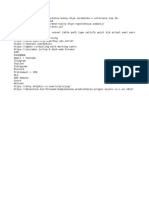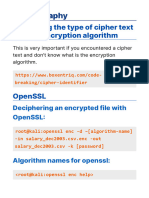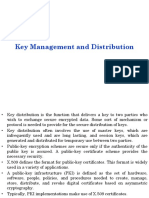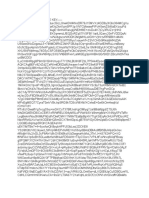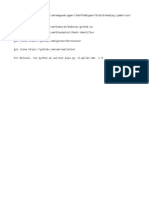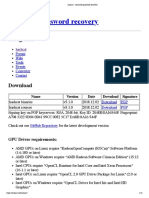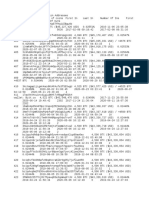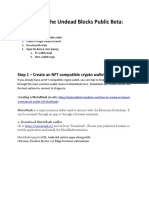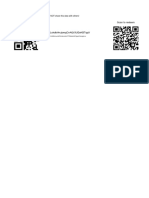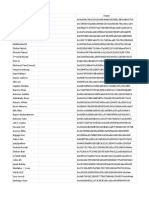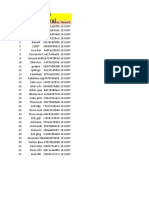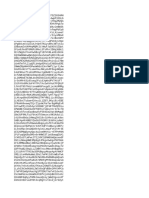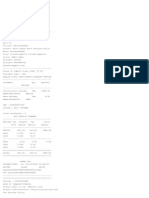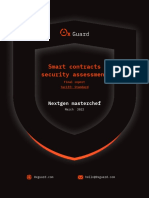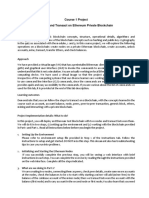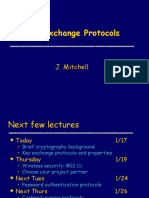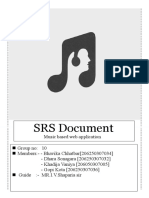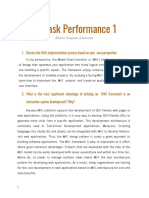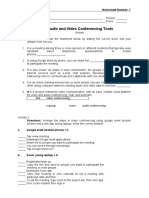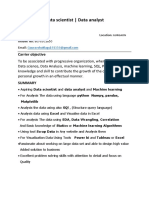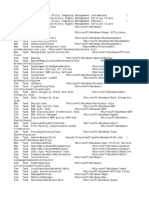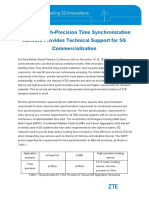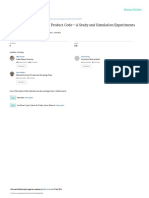0% found this document useful (0 votes)
79 views7 pagesNS Writeup 03
This document provides instructions for an experiment on implementing a digital signature using a virtual lab. The experiment aims to demonstrate how a receiver can verify the integrity of a message in a public key setting using digital signatures. It involves hashing a message, encrypting the hash with a private key to create a signature, and allowing verification by decrypting the signature with the public key and comparing it to a fresh hash of the message. The procedure outlines the steps of entering text to hash and sign, selecting a public key to use, and observing the simulation of the digital signature process.
Uploaded by
AkashCopyright
© © All Rights Reserved
We take content rights seriously. If you suspect this is your content, claim it here.
Available Formats
Download as PDF, TXT or read online on Scribd
0% found this document useful (0 votes)
79 views7 pagesNS Writeup 03
This document provides instructions for an experiment on implementing a digital signature using a virtual lab. The experiment aims to demonstrate how a receiver can verify the integrity of a message in a public key setting using digital signatures. It involves hashing a message, encrypting the hash with a private key to create a signature, and allowing verification by decrypting the signature with the public key and comparing it to a fresh hash of the message. The procedure outlines the steps of entering text to hash and sign, selecting a public key to use, and observing the simulation of the digital signature process.
Uploaded by
AkashCopyright
© © All Rights Reserved
We take content rights seriously. If you suspect this is your content, claim it here.
Available Formats
Download as PDF, TXT or read online on Scribd
/ 7






